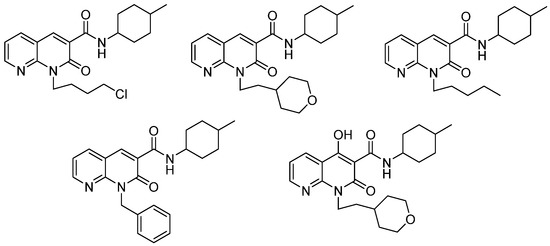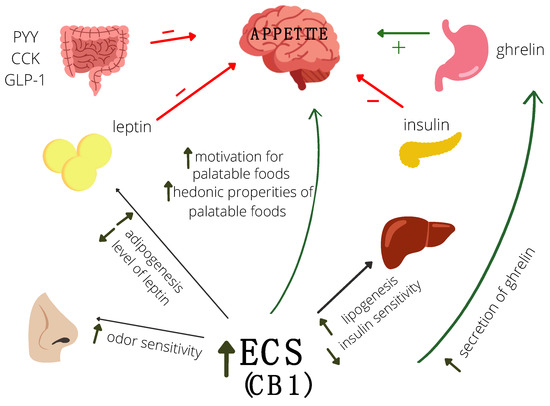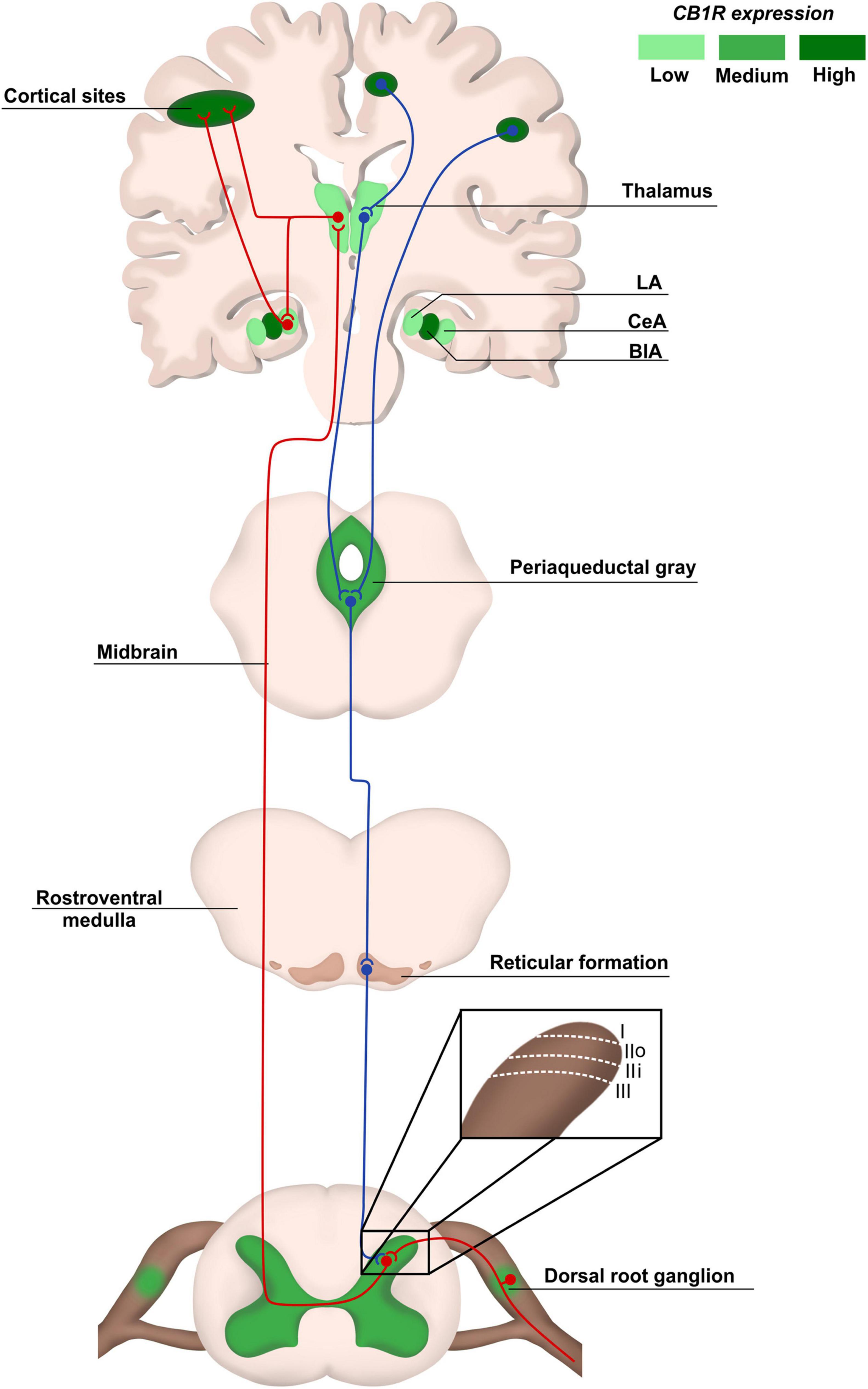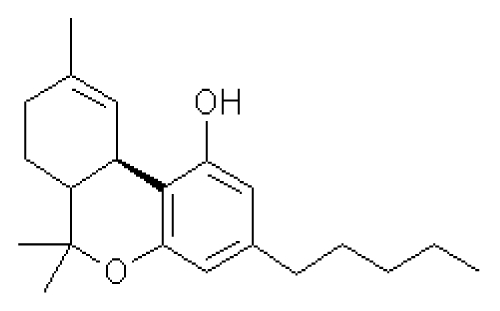
“Background and aims: The COVID-19 pandemic has prompted researchers to look for effective therapeutic targets. The effect of endocannabinoid system against infectious diseases is investigated for several years. In this study, we evaluated the expression level of CNR1 and CNR2 genes in patients with COVID-19 with and without diabetes to provide new insights regarding these receptors and their potential effect in COVID-19 disease.
Methods: In this study, peripheral blood monocytes cells (PBMCs) were isolated from eight different groups including COVID-19 patients, diabetic patients, and healthy individuals. RNA were extracted to evaluate the expression level of CNR1 and CNR2 genes using real-time PCR. The correlation between the expression levels of these genes in different groups were assessed.
Results: A total of 80 samples were divided into 8 groups, with each group consisting of ten samples. When comparing severe and moderate COVID-19 groups to healthy control group, the expression levels of the CNR1 and CNR2 genes were significantly higher in the severe and moderate COVID-19 groups. There were no significant differences between the mild COVID-19 group and the healthy control group. It was found that the expression levels of these genes in patients with diabetes who were infected with SARS-COV-2 did not differ across COVID-19 groups with varying severity, but they were significantly higher when compared to healthy controls.
Conclusion: Our study suggests the possible role of endocannabinoid system during SARS-COV-2 pathogenicity as the expression of CNR1 and CNR2 were elevated during the disease.”
https://pubmed.ncbi.nlm.nih.gov/35580523/
“In conclusion, the outcomes of this research supports the possible role of endocannabinoid system during SARS-COV-2 pathogenicity as the expression of CNR1 and CNR2 were elevated during the disease. Moreover, despite their limitations due to psychiatric side effects, the regulated use of cannabinoids should be examined by researchers to identify their potential effectiveness as a therapeutic target in COVID-19 disease.”
https://www.sciencedirect.com/science/article/pii/S1871402122001138?via%3Dihub









